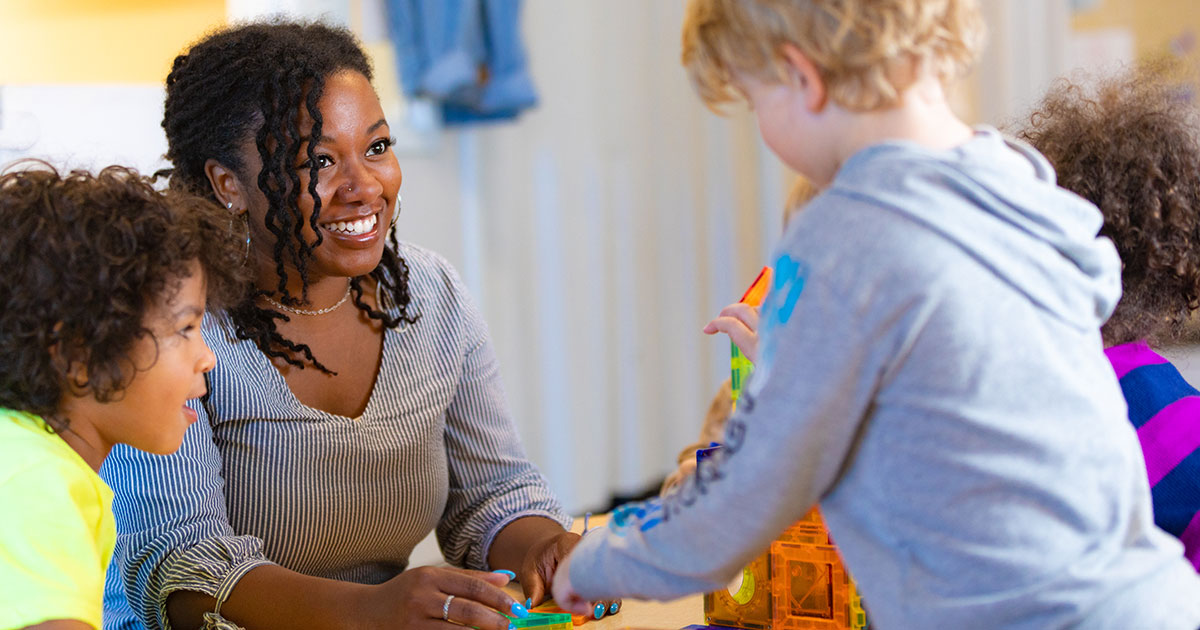Fostering a diverse learning environment begins with recognizing and celebrating spiritual diversity. Beyond simply acknowledging varied beliefs, spiritual diversity invites educators to integrate a broad understanding of values, traditions, and worldviews into their teaching practices. For young learners, this approach nurtures mutual respect, inclusivity, and curiosity—essential building blocks for a harmonious society.
This blog explores how early childhood educators can use spiritual diversity as a crucial tool to shape empathetic, well-rounded individuals. We’ll also touch upon practical strategies to incorporate spiritual diversity into the classroom.
Why Spiritual Diversity Matters in Early Education
Children are impressionable and form foundational views about the world at a young age. Exposing them to diverse perspectives helps:
- Develop Empathy: Understanding different spiritual practices promotes compassion and understanding.
- Build Inclusivity: Children learn to respect and appreciate beliefs that differ from their own.
- Encourage Critical Thinking: Exploring various worldviews sets a foundation for reflective and open-minded thinking.
When spiritual diversity is embraced in early education, children experience a more inclusive environment, which in turn fosters personal growth and social harmony.
Practical Tools for Fostering Spiritual Diversity
Introducing spiritual diversity doesn’t mean promoting one belief over another—it means creating an inclusive environment where all beliefs are respected. Here are six practical tools educators can use to promote spiritual diversity in classrooms:
1. Books and Stories Highlighting Different Cultures
Children’s literature is a powerful way to introduce diverse worldviews. Choose books that feature stories about various traditions, festivals, and values. For example:
- “Golden Domes and Silver Lanterns” by Hena Khan teaches young readers about Islamic culture through vibrant illustrations.
- Books featuring characters from different spiritual backgrounds promote understanding and normalize diversity.
Encourage discussions by asking open-ended questions like “What did you learn about this festival?” or “How does this story connect to your family traditions?”
2. Thematic Classroom Activities
Plan activities around multicultural events or holidays. For instance:
- Celebrating holidays like Diwali, Hanukkah, or Ramadan with culturally relevant crafts.
- Introducing songs or poems tied to various traditions.
- Inviting children to share their own family rituals.
These hands-on experiences make abstract concepts tangible, ensuring kids retain what they learn.
3. Create a “We Are All Unique” Wall
Dedicate a classroom wall to showcase each child’s unique cultural and spiritual background. Include:
- Photos of the child with their family during special occasions.
- Stories or drawings about their favorite traditions.
This activity instills pride in personal heritage and reinforces that every child’s culture and beliefs are valued.
4. Multi-Faith Storytelling
Invite storytellers from different spiritual backgrounds to share narratives or fables connected to their traditions. For example:
- A story about compassion from Buddhism.
- A parable about kindness from Christianity.
Children not only learn moral values but also see the commonalities across different belief systems.
5. Diverse Learning Materials and Games
Use puzzles, maps, or matching games that highlight sacred places, symbols, or traditions from around the world. This can be a fun way to engage learners:
- Create a memory game featuring symbols like the lotus (Buddhism), the Star of David (Judaism), or the Om symbol (Hinduism).
- Explore life-size maps that highlight regions and their predominant spiritual practices.
Interactive lessons help children connect with the topic in an engaging and playful way.
6. Practice Non-Denominational Mindfulness
Simple mindfulness exercises, like breathing techniques or guided meditations inspired by different traditions, can help children develop emotional regulation. These practices also tie into spiritual diversity by introducing concepts of inner peace, gratitude, and awareness.
Keep exercises secular or reference universal elements like nature, breathing, or kindness to keep them inclusive.
Challenges and How to Address Them
While promoting spiritual diversity is valuable, it often comes with its own challenges. Here’s how educators can address them:
- Sensitivity to Family Beliefs:
Some families might have concerns about exposure to different spiritual views. To address this:
- Communicate openly with parents about the purpose of diversity-focused activities.
- Reassure them that the classroom prioritizes respect and inclusivity without promoting any single belief.
- Avoiding Stereotypes:
It’s crucial to represent cultures accurately and avoid overgeneralizations. Use authentic resources and, when possible, seek guidance from community representatives.
- Balancing Depth and Simplicity:
Young children can only grasp so much complexity. When discussing spiritual diversity, focus on shared values like kindness, respect, and curiosity rather than complex doctrines.
Long-Term Impact of Spiritual Diversity Education
When children learn about and respect spiritual diversity from a young age, it sets the stage for a lifetime of mutual respect and curiosity. Over time, these students are more likely to:
- Seek common ground with peers from different backgrounds.
- Challenge personal biases with greater self-awareness.
- Contribute to inclusive workplaces and communities as adults.
By instilling these values early, educators hold the power to shape a more empathetic generation.
What Educators Can Do Next
Promoting spiritual diversity in early education requires creativity, sensitivity, and commitment. If you’re an educator eager to integrate this approach, consider starting small—add a diverse storybook to your library or plan a simple, inclusive activity.
For more tools and support, Firstbasegloves.net offers a variety of resources to help educators create engaging, diverse learning environments. Explore their rich selection of articles and insights geared toward empowering teachers.
The path to fostering an inclusive classroom can begin today. Where will you start?










